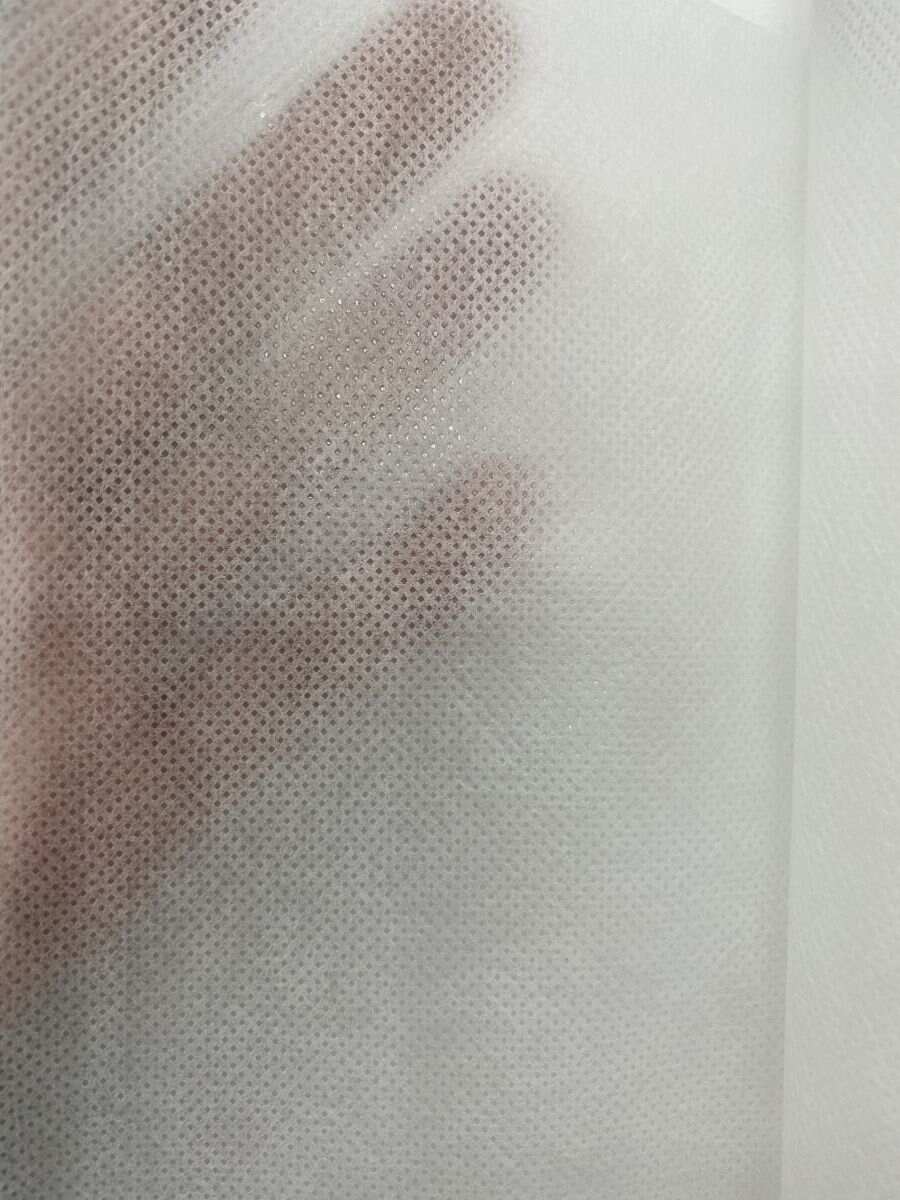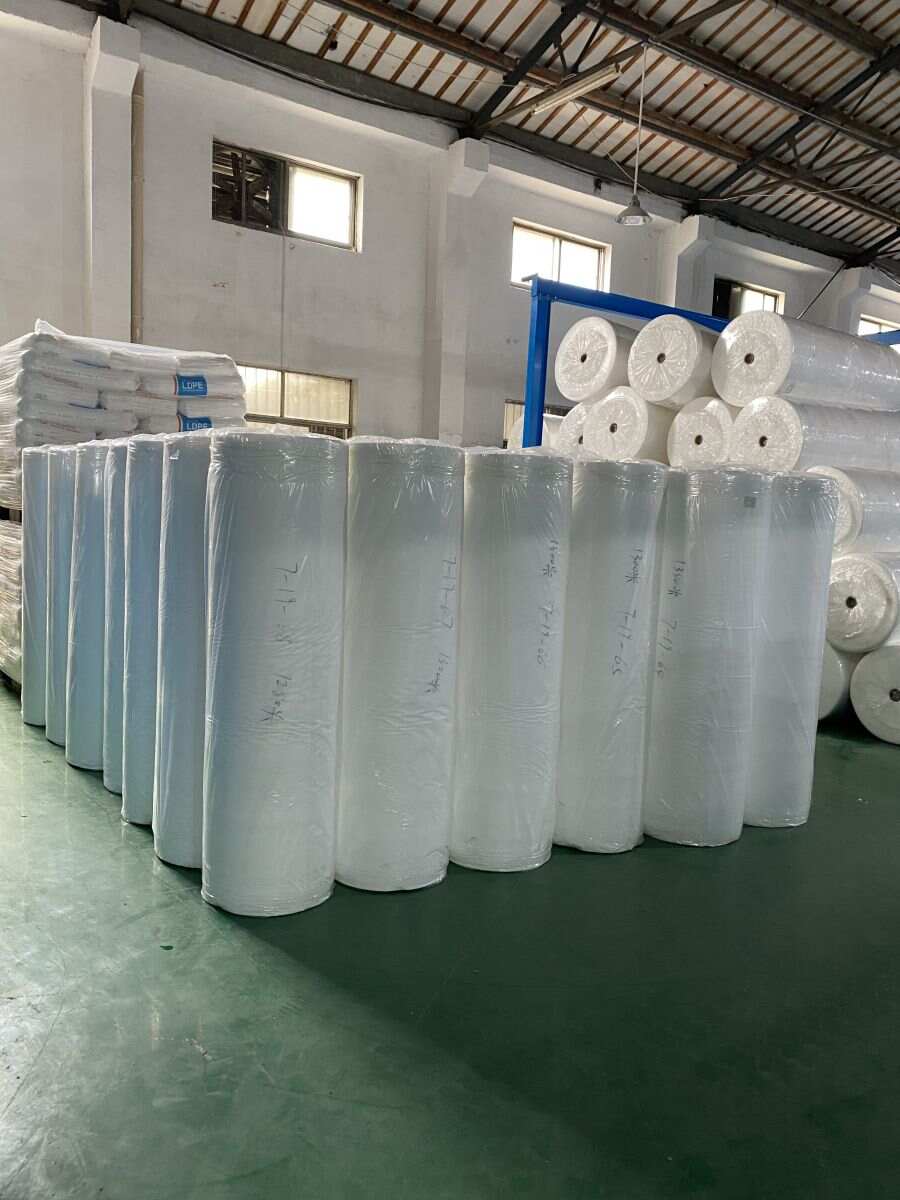Non-woven coating


Non-Woven Fabrics
Textile-based or fiber-based materials are shaped into mats of randomly oriented fibers, felts, needle-punched cloth, spun-bound, or melt-blown structures.
Coated Materials
Created by bonding a coated layer to a textile substrate. The coated layer comes in either a liquid or film form and it can be applied to woven, knit, or non-woven substrates on the surface or saturated into the bulk of the material that imparts particular properties, such as resistance to water, heat mildew, sunlight, puncture resistance, etc.
Surface texture can be added through embossing. Top layer finishes may add further protection.
Non-Woven Fabric
The term “non-woven” is used in the textile manufacturing industry to denote fabrics, such as felt, which are neither woven nor knitted.
They can be bound together using chemical or thermal methods to achieve different functional characteristics but are generally not as durable as woven fabrics.
Nonwoven fabrics are cheap to produce and are ideal for single-use product applications that can replace traditional cloth-like materials. They do not have good laundering durability or much memory, making them unsuitable for durable clothing applications.
Advantages of Non-Woven Fiber
Non-woven fabrics are often more cost-effective and can be manufactured more quickly. The many advantages of non-woven fibers include resiliency, enhanced absorbency, improved washability, and bacterial protection. Non-woven fabrics can also be tailored to enhance certain features such as liquid repellency, impact resistance, flame retardancy, electrical insulation, and thermal insulation. Additionally, these soft and flexible fabrics offer improved filtering and sterility.
The versatility of non-woven fabrics makes them suitable for a wide array of industrial applications, including:
Aerospace applications (such as exterior tiles on spacecraft)
Acoustic insulation
Thermal insulation
Fire retardant mattresses and other fire-retardant materials
High-temperature industrial filters
Puncture and cut-resistant materials
Synthetic and composite materials for industrial use
Welding protection
Wall coverings
Trunk liners and vehicle seats
